A scuba tank compressor is a diver’s lifeline.
It squeezes atmospheric air to high pressures so that the gas can be stored in tanks, yet it must deliver air that is dry, filtered and free of contaminants.
When a compressor fails, it can sideline a dive trip or, worse, endanger the diver’s health.
This guide demystifies the most frequent issues divers face with their compressors, explains why they happen and offers practical fixes.
It draws on maintenance advice from dive professionals and air‑compressor technicians so you can keep your equipment running smoothly.
Understanding scuba tank compressors
Before diagnosing problems, it helps to understand how these machines work. A scuba compressor is a specialized air compressor designed to fill scuba tanks with clean, high‑pressure breathing gas. High‑quality compressors deliver air at pressures up to 3,000 psi or more and incorporate purification systems to meet breathing‑air standards.
Two broad classes exist:
-
Low‑pressure compressors (140–250 psi), such as hookah rigs used on shallow dives and surface‑supplied systems.
-
High‑pressure compressors capable of producing 3,000–6,000 psi for scuba and storage cylinders.
Each class can be further divided into portable electric models, gasoline‑powered units for remote locations and larger stationary systems used in dive shops. Regardless of size, they share common components—an intake filter, multi‑stage compressor block with pistons or rotors, intercoolers, separators, purification cartridges and a final valve that directs compressed air into the tank.
The compressor’s job is not simply about making air dense. Any vapors drawn into the intake—especially carbon monoxide—will become concentrated. To produce breathing‑grade gas, moisture, oil and other impurities must be removed through filters and separators, which means both equipment and operator must be vigilant.
Compressor won’t start or build pressure
Nothing halts a dive day faster than a compressor that refuses to run. In many cases, the culprit is a basic power or pressure switch issue. Check that the unit is plugged in or that the engine’s kill switch isn’t engaged, reset any tripped circuit breaker and verify that oil levels meet manufacturer specifications. A faulty pressure switch or a switch with too high a cut‑in setting will prevent the motor from engaging; adjusting or replacing the switch often solves the problem.
Another cause of weak or nonexistent pressure is valve failure. A leaking valve in one stage can present as low pressure in the adjacent stage, causing the safety relief valve to blow or the compressor to labor without reaching its rated output.
Inspect valves for cracks or carbon buildup; replace damaged seats or springs. If pressure builds slowly despite a healthy motor, check for air leaks in hoses, fittings and the receiver tank. Air escaping through worn o‑rings or cracked tubing reduces output and makes the compressor run longer than necessary.
Low oil or lubricant starvation will also prevent the pistons from creating adequate pressure. To fix this, pipe the intake to a less humid location, change the oil and clean or replace the air cleaner frequently. Draining condensate from the tank daily reduces moisture carryover. Running the compressor in a cooler, dry environment helps maintain lubricant viscosity so the pistons seal correctly.
Excessive noise, knocking and vibration
Loud knocking or vibration can signal simple loose parts or more serious mechanical issues.Low oil can cause bearings to run dry, generating noise and eventual failure; replenish oil and inspect for bearing damage. If the noise persists, remove the cylinder head and look for foreign material on top of the piston—a common cause of a piston hitting the valve plate. Replace the head gasket after cleaning.
Marine‑grade compressors exhibit similar symptoms. High‑end play in the crankshaft or misaligned connecting rods will produce rhythmic knocks. Fixing these problems involves tightening foundation bolts, replacing worn bearings, realigning or balancing the crankshaft and installing new valve plates.
Persistent vibrations are dangerous because they can lead to cracked pipes and broken mounts. Solutions include tightening all bolts, realigning motor pulleys and replacing worn belts or crankshafts. Installing vibration pads under the compressor and ensuring all feet contact the floor will dampen movement.
Overheating and high discharge temperature
Overheating can damage seals, dry out lubricants and shorten compressor life. Cleaning intercoolers, cylinders and discharge tubes improves heat dissipation. Poor ventilation is often corrected by relocating the unit to a well‑ventilated area or installing fans to move hot air away.
Marine compressors may overheat when cooling water temperature rises. Causes include closed inlet or outlet valves, a choked intercooler, low water levels in the expansion tank, scale buildup in cooling passages or broken water‑pump belts. Clean the intercooler, open any closed valves and flush the cooling system to remove scale. Ensure water pumps are operational. If your compressor lacks a water‑cooling system—as many portable scuba units do—monitor oil temperature and shut down if it exceeds manufacturer limits.
Heat is also generated by friction. Low oil levels or wrong oil viscosity can cause bearings to overheat. Always use the lubricant recommended by the manufacturer and replace it according to the service schedule. In summary, keep the machine clean, ensure adequate airflow, use proper lubrication and address cooling water issues to reduce operating temperature.
Oil and moisture contamination in the air
One of the most insidious problems is delivering contaminated air to divers. During compression, water vapor condenses and oil mist enters the air stream. If the compressor’s filtration system is neglected, moisture and oil will collect in the final cylinders.
An autodrain that fails to purge condensate allows water and oil to re‑enter the air stream. Inspect the autodrain’s timer and solenoid; service or replace as needed. High‑pressure compressors have separators that must be purged manually every 10–15 minutes on portable units or via autodrain on larger systems. Failing to purge these separators is a common cause of moisture contamination.
Finally, always change purification cartridges when they reach their rated capacity and store unused cartridges in sealed containers to prevent premature saturation.

Valve and pressure irregularities
Scuba compressors use multi‑stage designs to gradually increase pressure. Each stage has intake and discharge valves plus safety relief valves. Problems with these components can lead to high or low discharge pressure, overheating and mechanical strain.
First‑stage and second‑stage pressures
For first‑stage pressure that is too high, the authors cite faulty pressure gauges, choked intercooler air passages, malfunctioning discharge valves or springs and second‑stage suction valves not closing properly. The remedy is to clean or replace the gauge and intercooler, rebuild or replace faulty discharge valves and check the second‑stage suction valve for debris or sticking.
For first‑stage pressure that is too low, causes include a clogged suction filter, leaking unloader, malfunctioning suction or discharge valves and worn piston rings. Fixes involve cleaning or replacing the suction filter, repairing the unloader and replacing worn or defective valves and rings.
High pressure in the second stage may result from faulty gauges, a closed discharge valve to the storage bottle, worn discharge valve plates or springs, stuck valves, choked after‑cooler passages or an over‑pressurized storage bottle.
Low second‑stage pressure can be traced to faulty gauges, malfunctioning suction valves, valves not opening fully, worn piston rings, leaking relief valves or leaking unloaders. When you observe unusual pressure readings on your gauges, investigate the corresponding valves and filters rather than assuming the pump itself has failed.
Relief valve problems
Safety relief valves are vital because they prevent over‑pressurization. Water in the compression chamber due to a cracked jacket can also trigger the valve. The fix is to remove and install a new safety relief valve. If the new valve also leaks, remove the cylinder head and inspect the reed valves for damage. Safety relief valve problems are not to be ignored—replacing them is inexpensive compared to the cost of a compressor explosion.
Insufficient pressure at point of use
Your compressor may build normal tank pressure yet deliver insufficient pressure to the filling whip or end use. Common causes include leaks or restrictions in hoses, slipping belts or a hose diameter that is too small for the required flow. Check for audible air leaks and tighten joints. Replace undersized service hoses with larger diameter hoses and tighten or replace belts to prevent slippage. Restriction in the intake—such as a clogged filter—also reduces output; clean or replace filters regularly.
Poor pressure retention
If the receiver does not hold pressure when the compressor is unloaded, a faulty check valve may be to blame. Portland’s guide recommends bleeding the tank, disassembling the check valve and cleaning or replacing faulty parts. Also check for air leaks at fittings and valves throughout the system.
Belt, bearing and mechanical wear issues
Because scuba compressors often run at high RPMs, belts, bearings and pistons experience significant wear. Portland’s troubleshooting table lists multiple mechanical problems:
-
Excessive belt wear may be caused by misaligned pulleys, overly tight or loose belts, pulley wobble due to a worn crankshaft or burrs in the pulley groove. Align pulleys, adjust belt tension and file smooth any nicks in the groove.
-
Knocking in time with engine RPM indicates worn main bearings, connecting rod bearings or a loose flywheel. Replacing bearings and tightening the flywheel usually eliminates the noise. Knocking during loading can be caused by worn wrist pins, wrist pin bearings or loose connecting rod nuts.
-
Compressor won’t operate due to mechanical failure: defective unloaders, check valves or pressure switches can stop the motor; replacing these components restores functionality.
Mechanical wear is often accelerated by misalignment or by running the unit with belts too tight. Inspect belts regularly for fraying or glazing, and replace them before they break. Lubricate bearings as specified and monitor crankshaft end‑play. For portable compressors, ensure the belt guard is intact to prevent foreign objects from contacting the belt during operation.
Environmental contamination and carbon monoxide hazards
Placing the compressor intake near exhaust fumes or other pollutants can have deadly consequences. This is especially a risk with portable gasoline‑powered compressors on small boats. Always locate the intake upwind of any exhaust sources and use an external snorkel if necessary.
To ensure air quality, recreational divers should open a cylinder valve slightly to smell the gas for odors. If an odor is present, do not use the cylinder because the filtration system may be past due for servicing, failing or contaminated. Divers using nitrox should analyze the oxygen percentage before use and consider employing a CO sensor or analyzer to detect contamination. The simplest safety precaution is to buy or fill your tanks from a reputable source that performs regular air testing. Many states require quarterly air tests; ask your dive center about their preventative maintenance practices and air‑quality certification.
Preventive maintenance and best practices
Good maintenance practices prevent most compressor issues. Manufacturers and service providers recommend the following routine tasks:
-
Regularly change filters and oil – Breathing Air Systems’ preventive maintenance program includes oil and filter changes, proper disposal of used oil and replacement of purification cartridges
-
Inspect hoses, belts and connections – Look for signs of wear and replace damaged components immediately. Check belt alignment and tension, tighten loose bolts and ensure all feet contact the floor.
-
Purge separators and drain condensate – High‑pressure compressors rely on separators that collect moisture and oil; these must be purged every 10–15 minutes on portable units or regularly on autodrain systems. Check drain valves to ensure they are not leaking and that condensate discharges properly. An excessive amount of oil in condensate indicates worn rings or cylinders.
-
Maintain ventilation and cleanliness – Provide a continuous supply of cool, clean air and inspect heat exchangers for dirt or blockage. Keep the compressor clean to aid heat dissipation; dust and grime collect on hot surfaces, so wipe the unit down regularly.
-
Schedule periodic inspections and professional servicing – Breathing Air Systems’ program includes a comprehensive checklist—oil pressure checks, auto‑drain inspection, pressure checks, safety‑valve inspections, CO monitor calibration and a 56‑point inspection. Investing in a maintenance plan ensures longevity and compliance with air‑quality standards.
Choosing a reliable scuba compressor and avoiding cheap pitfalls
Divers sometimes consider inexpensive portable compressors to avoid trips to the dive shop. While budget models can be tempting, quality should be the priority. Key considerations when purchasing include capacity, portability, power source, ease of maintenance and cost. Ensure spare parts and service support are available for the brand you choose. Avoid unbranded imports with unclear filtration systems; they may deliver unfiltered or oily air, leading to health risks. A reputable manufacturer will provide service manuals, maintenance schedules and parts availability.
Also weigh whether you need a portable or stationary unit. Portable electric and gas‑powered compressors are convenient for remote diving but require vigilant maintenance and proper intake placement to avoid CO contamination. Stationary compressors in dive shops or fire stations typically have autodrain systems and robust filtration, but they should still be purged and serviced regularly. For technical or commercial diving, high‑pressure compressors exceeding 4,500 psi deliver the necessary pressure but must be operated by trained personnel and certified technicians.
Quick takeaways
-
Start‑up failures are often caused by electrical issues, low oil, faulty pressure switches or leaky valves.
-
Abnormal noise and vibration point to loose parts, worn bearings, misaligned pulleys or broken valves.
-
Overheating can result from dirty cooling surfaces, poor ventilation or clogged intercoolers.
-
Contamination of breathing air happens when moisture and oil are not removed; change filters, purge condensate and position the intake away from exhaust fumes.
-
Pressure irregularities (high or low) often stem from faulty gauges, clogged filters or malfunctioning valves.
-
Relief valve issues require immediate attention; replace faulty valves and investigate blocked passages to prevent catastrophic failure.
-
Preventive maintenance and training—regular inspections, filter changes, proper ventilation and professional servicing—are essential for safe compressor operation.
Conclusion
A scuba compressor is a vital life-support device that must function perfectly. Divers can prevent costly failures by understanding its operation and identifying common issues. Regular maintenance tasks like checking power, oil levels, and valves, tightening loose parts, and monitoring cooling surfaces can prevent problems.
The core message from professional manuals and dive‑industry experts is clear: prevention is better than repair. Adopting a routine maintenance schedule—changing filters and oil, purging separators, inspecting belts and valves and scheduling annual servicing—will extend your compressor’s life and ensure the air you breathe is clean.
If you are unsure about any repair, seek the assistance of a certified technician or enroll in a compressor maintenance class. The cost of professional service pales in comparison to the consequences of a malfunction on a dive. Treat your scuba tank compressor as the critical piece of life‑support equipment it is, and it will reward you with years of reliable service.
FAQs
Q:What causes a scuba compressor not to build pressure?
Common causes include no electrical power, low oil level, a faulty pressure switch or tank pressure below the cut‑in point. Leaky intake or discharge valves can also prevent pressure build‑up.
Q:Why is my compressor making a knocking noise?
Knocking noises typically indicate loose or worn parts. Loose pulleys, low oil, worn bearings, an imbalanced crankshaft or a broken valve plate can all cause abnormal noise. Tightening bolts and replacing worn components usually solves the issue.
Q:How often should I change filters and oil on a scuba compressor?
Manufacturers recommend changing air and oil filters according to operating hours (often every 50–100 hours for portable units). Annual professional servicing will ensure that purification cartridges are replaced on schedule.
Q:What does milky oil in my compressor indicate?
Milky oil is a sign that water has entered the oil reservoir. Portland Compressor explains that this can occur in high‑humidity environments and recommends piping intake air to a drier source, changing the oil more frequently and draining the tank daily.
Q:How can I avoid carbon monoxide contamination when using a gas‑powered compressor?
Place the compressor intake upwind and far from any exhaust source. Consider using a remote intake snorkel and always test the air for CO before filling cylinders.
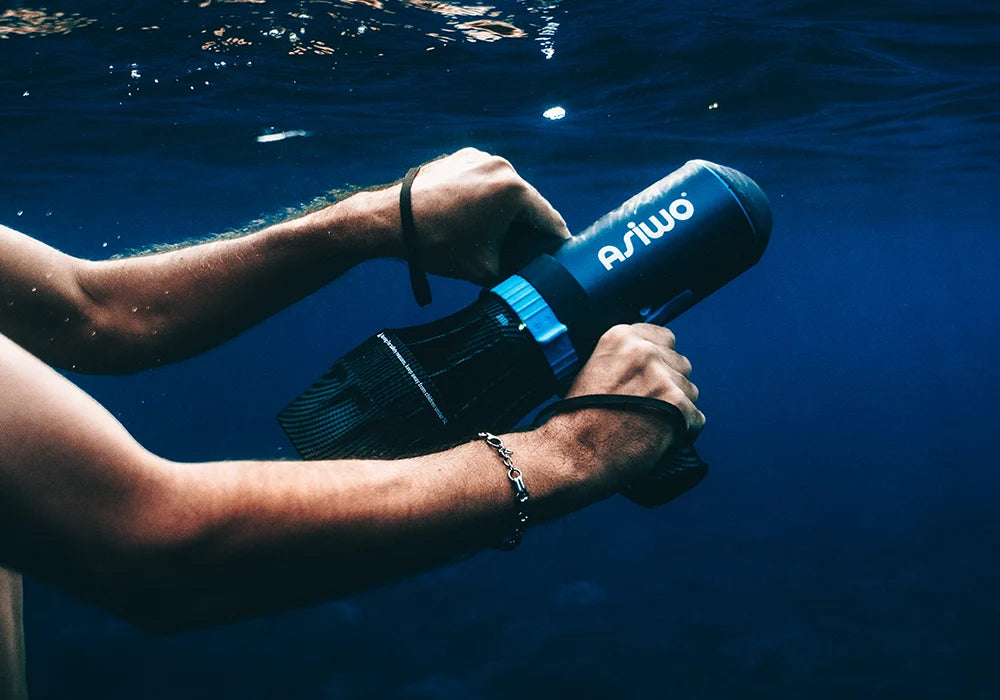




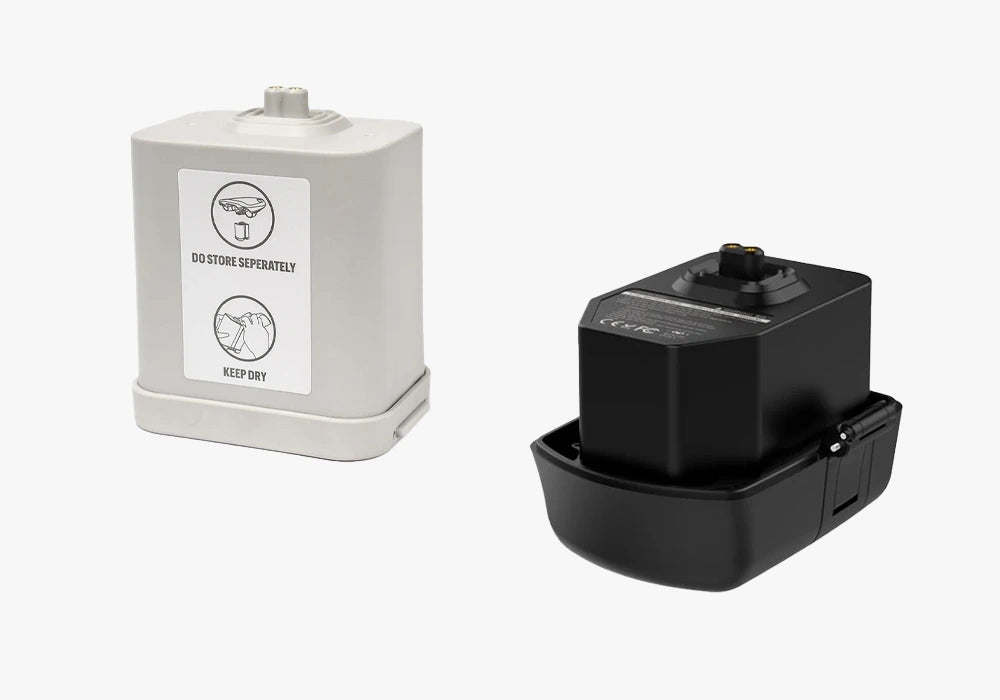




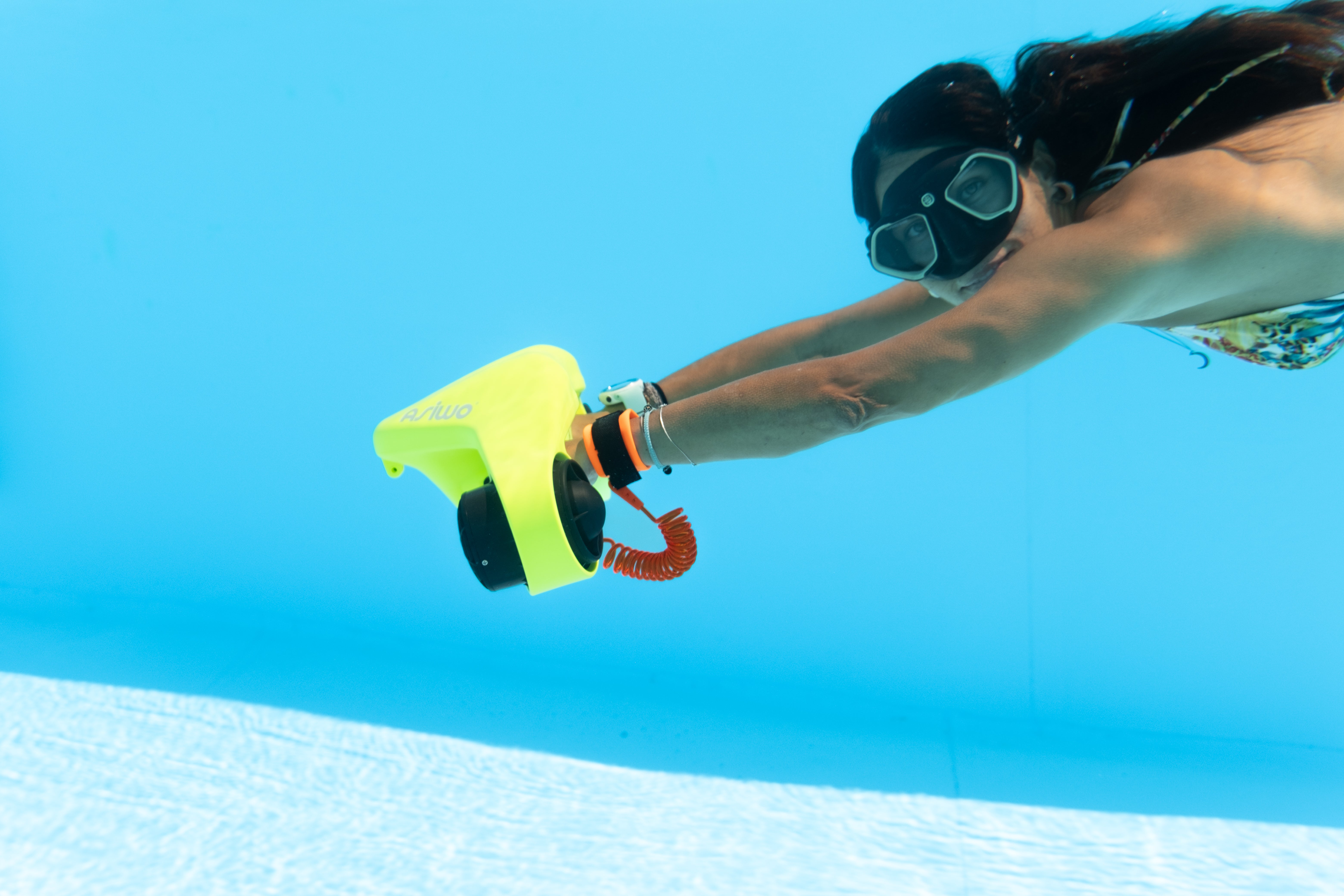
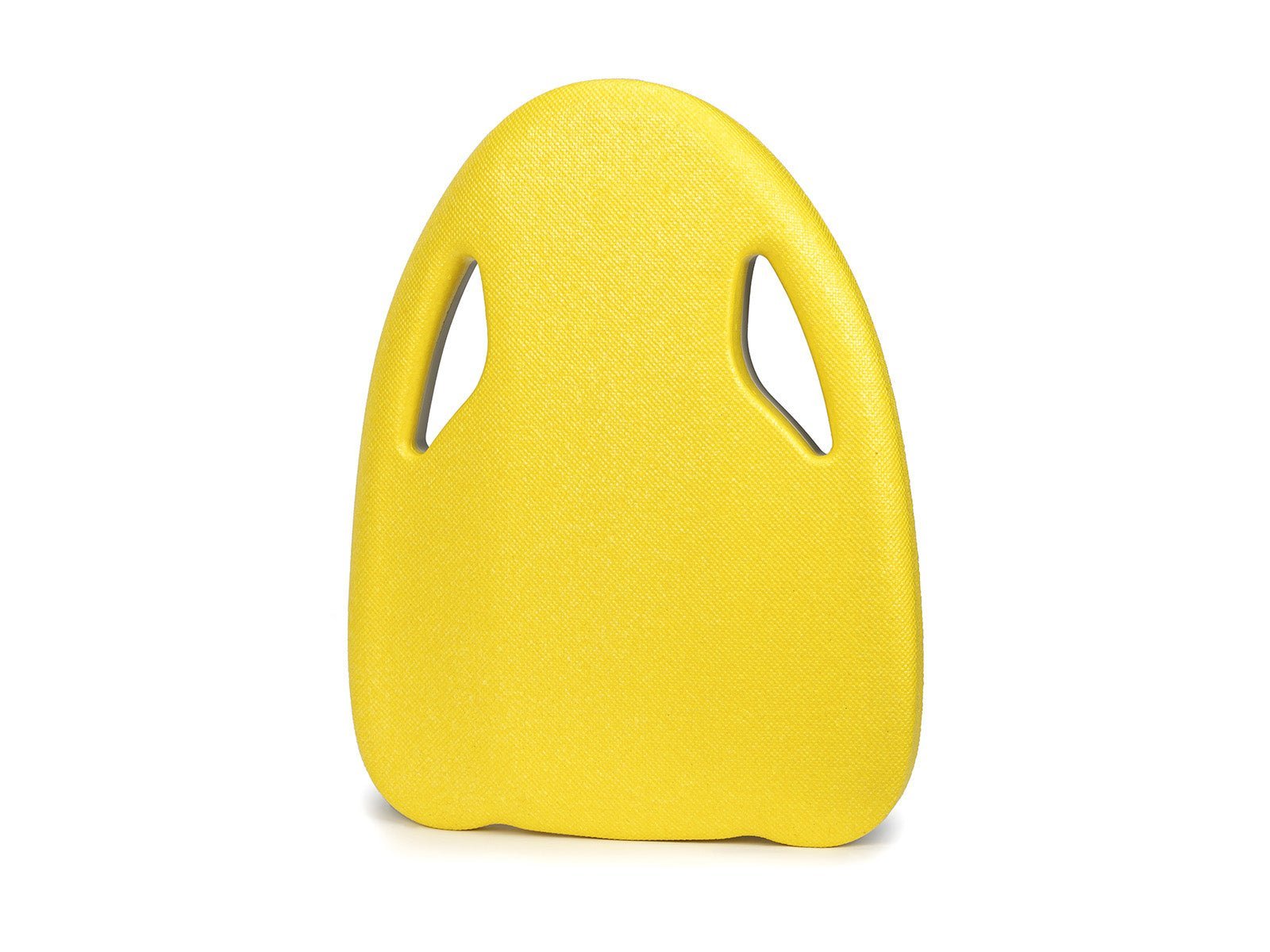
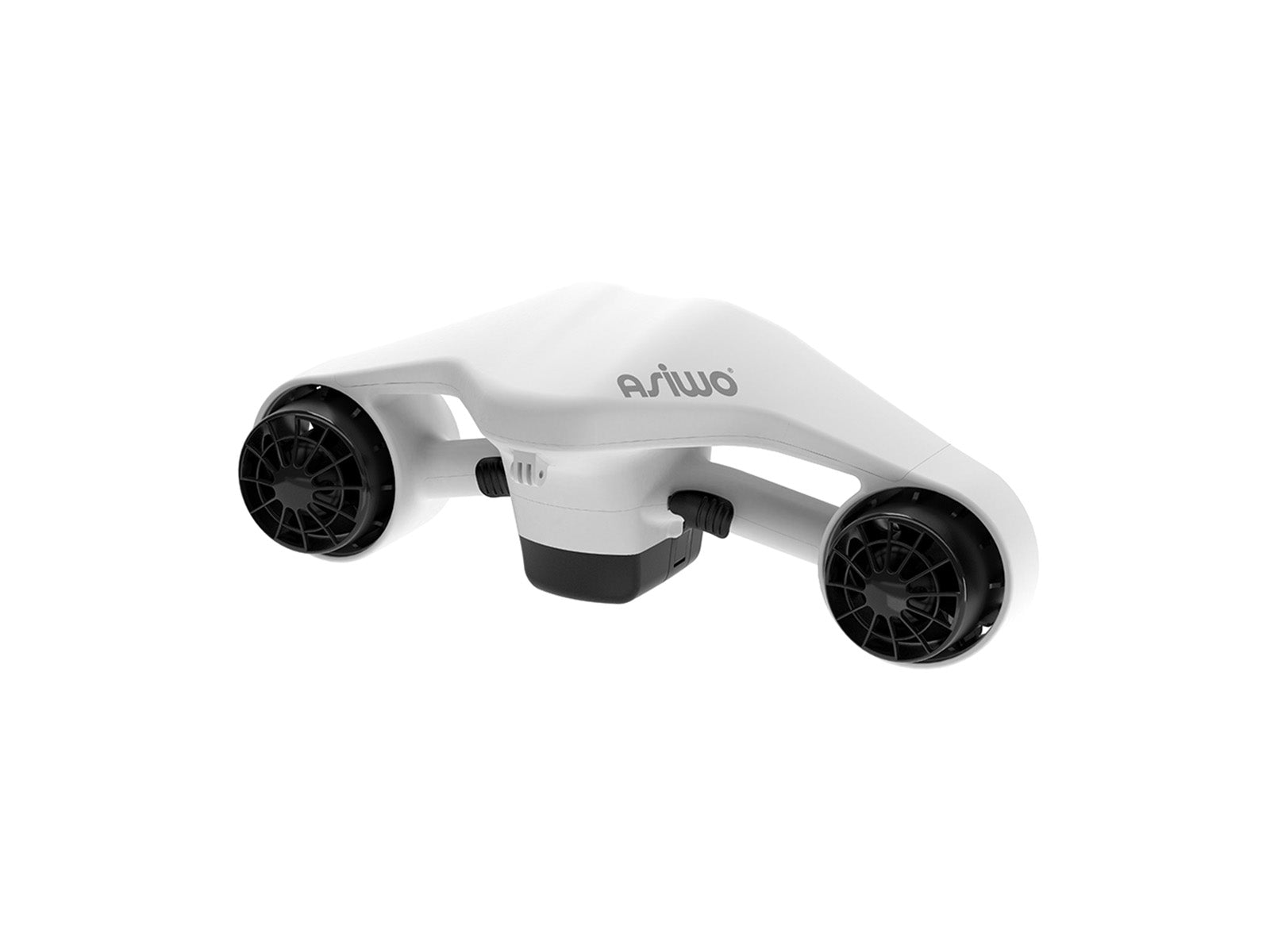
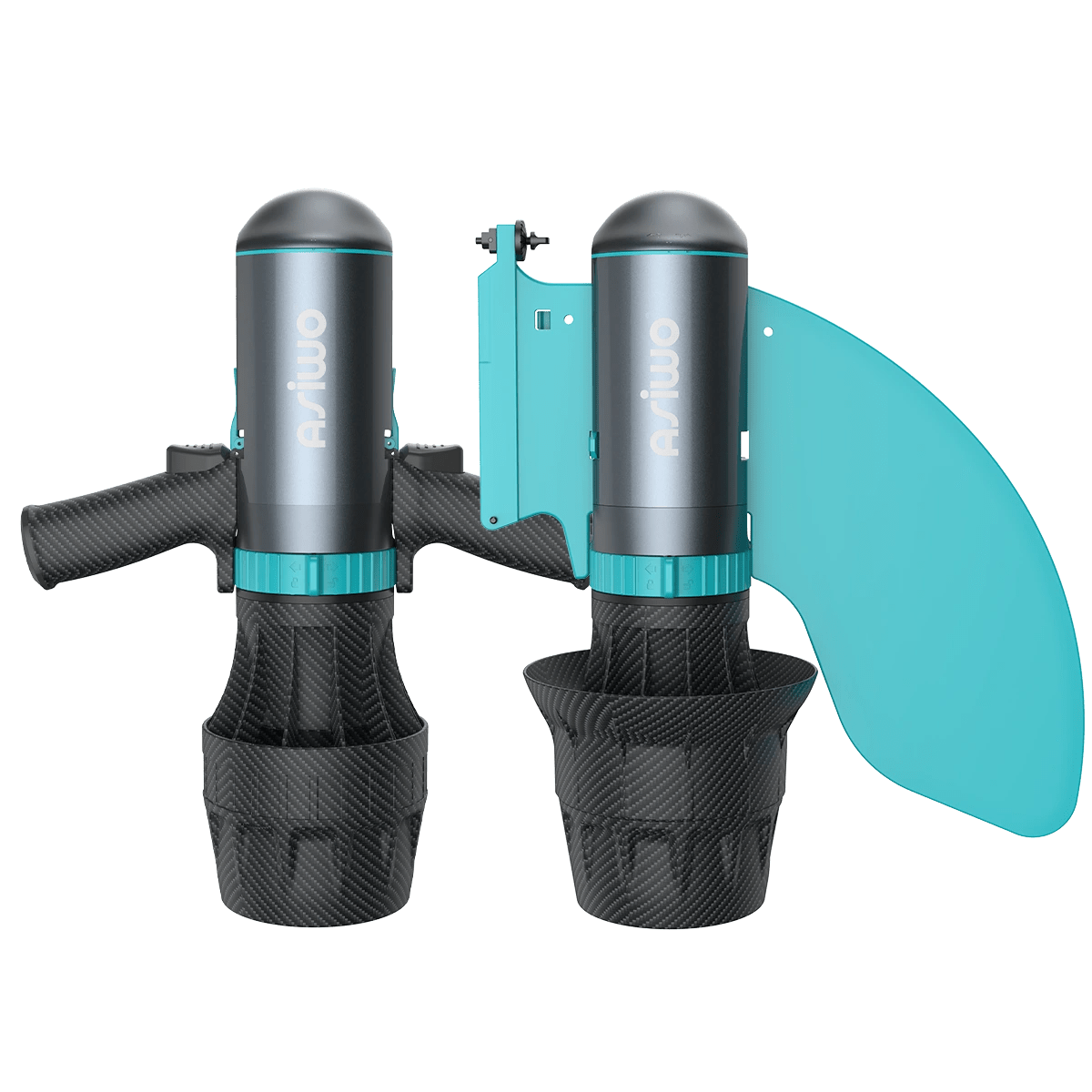




Dejar un comentario